Like so many retail storefronts in New York these days, 237 Elizabeth Street in Manhattan’s Nolita neighbourhood sits vacant. Graffiti-covered plywood shields its front windows. Not so long ago, though, it was home to one of the most unusual art venues in the city – Moe’s Meat Market, a former butcher’s shop where, for decades, Robert Kobayashi made and showed his sui generis art. Physically, it was a couple of blocks from SoHo’s leading galleries; in sensibility, it was worlds away. A show (and online viewing room) of his work – also called ‘Moe’s Meat Market’ – at Susan Inglett Gallery in Chelsea offers a tantalising look at what he accomplished there.
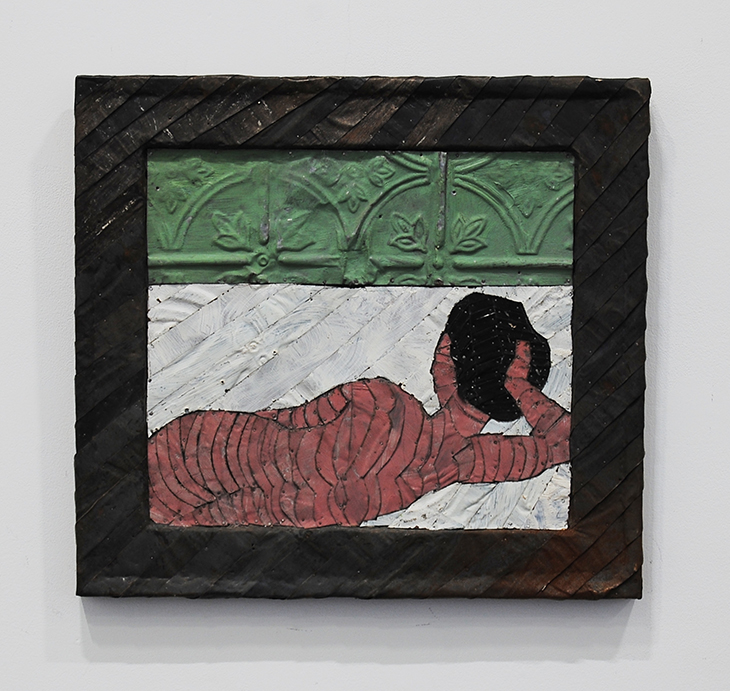
White Sheet (1997), Robert Kobayashi. Courtesy Susan Inglett Gallery
Kobayashi, who died in 2015 at the age of 90, used painted slivers of metal cans – of Bazzini peanuts, Café Bustelo coffee, olive oil, beer – to build ingenious figurative paintings and still lifes and sculptures, nail by nail. The results are transfixing, being at once hard-wrought in construction and quiet, even tender, in form. Vases and the odd piece of fruit in his still lifes from the late 1990s and early 2000s cast long shadows, exuding some of the dark play of late Braque. The solid planes of colour in female nudes from the same period recall those of Milton Avery, but their pink flesh, rendered with curving slices of metal, is scandalously luscious. Sometimes hunks of tin ceiling, salvaged from the local area, become whole walls in Kobayashi’s pictures – discarded artefacts finding new life through art.
Kobayashi followed a singular path. He was born in 1925 in the Territory of Hawaii, served in the United States military during the Second World War and settled in New York in the 1950s, working various jobs at the Museum of Modern Art and showing canvases in an Ab-Ex vein at Brata, a key co-op gallery where work by Al Held and Ed Clark also appeared. He adopted a pointillist approach in the 1960s and began wielding metal and nails only in the ’70s. In 1977 he purchased the Elizabeth Street building with his wife, the photographer Kate Keller Kobayashi, as a place to live and work. They kept the original market sign and left the shop largely intact. Kobayashi only occasionally staged shows beyond Moe’s front door. (As his New York Times obituary put it, he ‘neither courted nor found success with commercial galleries’.)
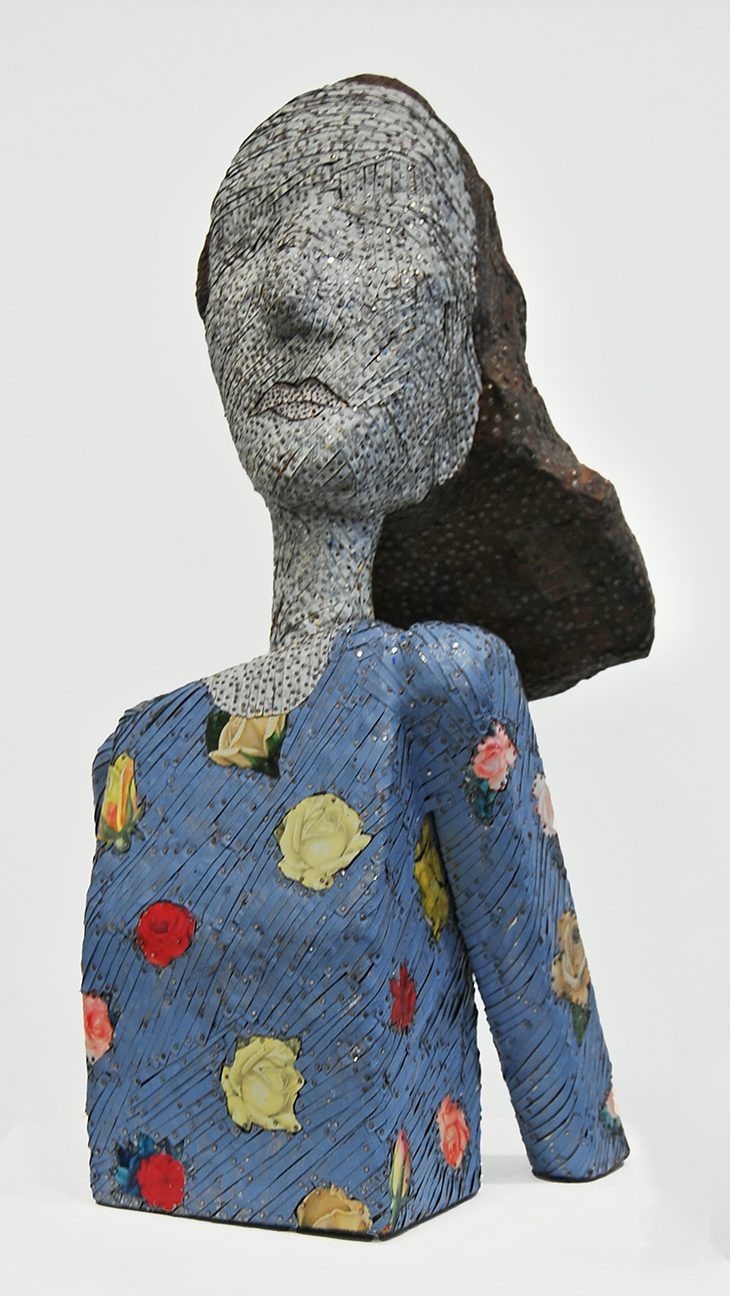
Fumiko in the Wind (2009), Robert Kobayashi. Courtesy Susan Inglett Gallery
A black-and-white tiled floor, reminiscent of Moe’s, has been laid in one room at Inglett, accompanied by photographs of Kobayashi’s displays, which could be spied through the window from the street or by wandering inside when he opened the space. A jaunty metal cat sits on Moe’s original front desk, nails spread across its white fur like tiny spots. It’s one of a handful of hearty, charismatic sculptures on hand. Wrapped around wood supports, their metal seems to ripple and come alive. The blueberry-coloured Flowers Seeking Attention (2002) looks like little fists leaping from their pitcher. Fumiko in the Wind (2009), a bust, is an eccentric vision of grace – her eyes closed, face marked with hundreds of nails, hair blowing freely.
Scenes of grass from the first decade of the 2000s radiate a similarly intense energy. They approach abstraction, with only a snippet of collage (a gate, a wheel) pulling us back into reality. In one piece, the grass, in seemingly every shade of green, explodes on to the frame itself. Kobayashi was so completely at ease with metal – he could lend it the softness and intricacy of fabric – that it is possible to forget what he was using. In channelling humble materials towards ambitious, elegant ends, he belongs in an elite club with Noah Purifoy, John Milkovisch, and El Anatsui.
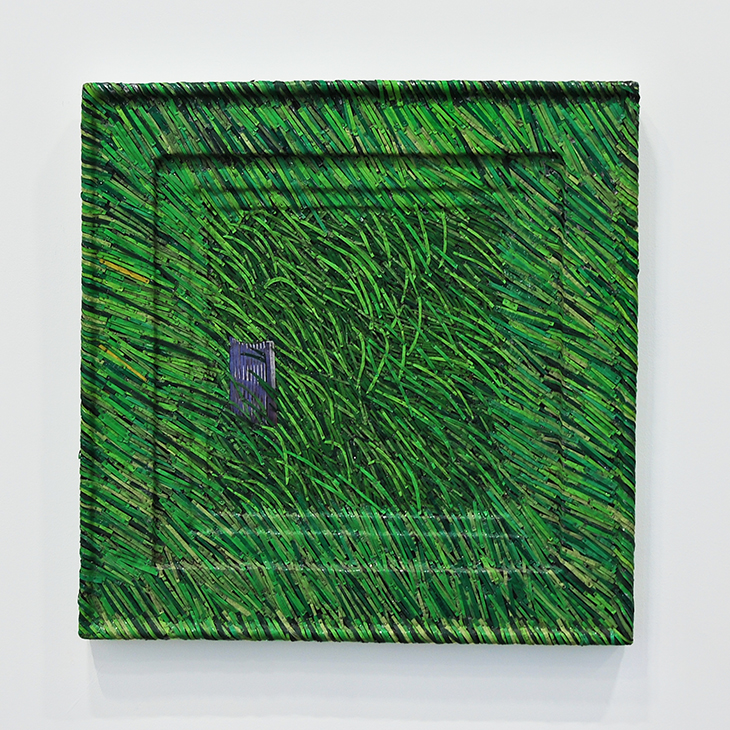
Morning in the Adirondacks, New York (2005), Robert Kobayashi. Courtesy Susan Inglett Gallery
As an artist, Kobayashi was also an exemplary free agent, and Moe’s is part of a small, noble lineage of independent-minded venues run in the city by people like Claes Oldenburg and Sturtevant and the teams behind Orchard and the Donut District. It became more of a standard gallery, run by his wife and the dealer Phyllis Stigliano, in 2000, and closed in 2017, two years after his death, when the building was sold.
It is a painful reality that, barring major government relief (that does not appear to be coming), many more New York shops will soon shutter, furthering a trend that began long before the pandemic. Let’s hope that artists, perhaps with an eye to Kobayashi and Moe’s as exhilarating forebears, at least find ways to make use of some of them.

Robert Kobayashi in the front room of Moe’s Meat Market in 1978/79. Photo: Kate Keller Kobayashi; courtesy Susan Inglett Gallery
‘Robert Kobayashi: Moe’s Meat Market’ is at Susan Inglett Gallery, New York until 7 November.
Unlimited access from just $16 every 3 months
Subscribe to get unlimited and exclusive access to the top art stories, interviews and exhibition reviews.


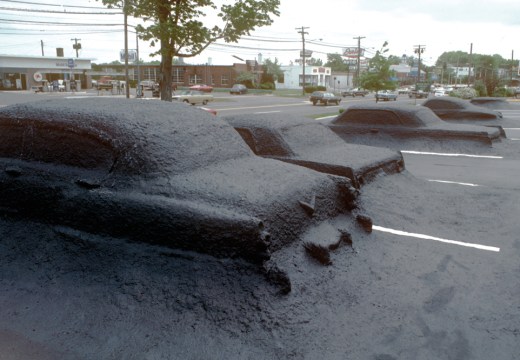
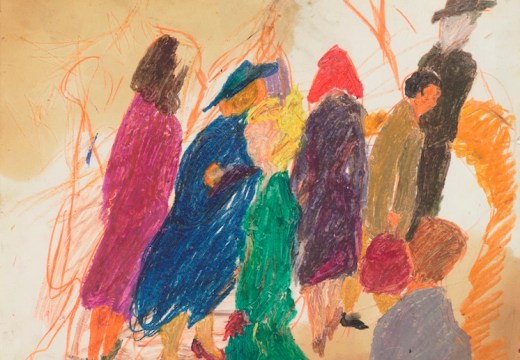
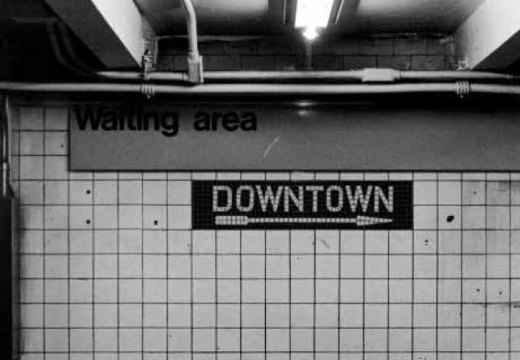









![Masterpiece [Re]discovery 2022. Photo: Ben Fisher Photography, courtesy of Masterpiece London](http://www.apollo-magazine.com/wp-content/uploads/2022/07/MPL2022_4263.jpg)
It’s time for the government of London to return to its rightful home